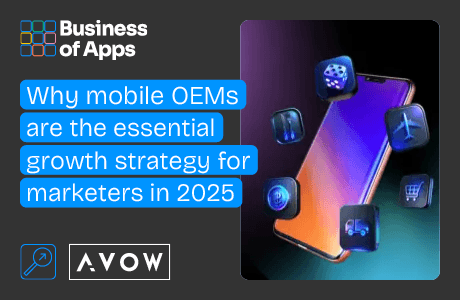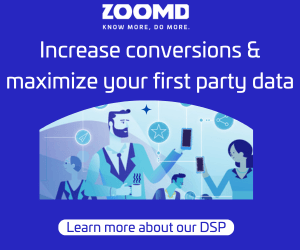SDKs represent an integral part of app monetization. These integrations allow publishers to tap into the valuable demand sources that help them sustain and grow their businesses. But at the same time, given that every monetization partner typically brings with it an SDK, the engineering requirements of these integrations can add up quickly and must be factored into the decision-making process when it comes to partners.
For publishers, especially those whose business operations are distinct from their development resources, it’s essential for the decision-makers tasked with selecting partners to have an understanding of SDK requirements—both long term and short term.
Understanding the Value and Costs of SDKs
From a surface-level business perspective, integrating an app with as many partners as possible would seem to make good sense. The more demand, the higher the fill rates. The higher the fill rates, the more money—right? If only it were that simple. Unfortunately, publishers have to perform a bit of a balancing act with it comes to SDK integrations due to the following points:
Resource Requirements. Quite simply, integrating a new SDK—whether for monetization or another in-app function—takes development manpower. The initial integrations can take some time, as can the ongoing required maintenance and updates.
For business teams, the biggest concern around a new monetization SDK is usually the length of time it takes to get it implemented so the revenue can start flowing in. But for development teams, there are long-term considerations. It’s useful to keep in mind that the learning curve for each SDK is different. Each one employs different approaches and interfaces, and in the end, each one provides a different user experience.
User Experience. Beyond the resources required to keep SDKs up to date, publishers also need to limit the number of SDKs in their apps in order to manage the weight of the apps and reduce the risk of glitches that might affect the user experience. In addition, publishers should keep in mind that every hour a developer spends integrating and maintaining an SDK is an hour not spent improving the app experience for users. It represents a real but hard-to-quantify cost to publishers. For this reason, it’s important that publishers make the right choices when it comes to their SDK integrations.
A Collaborative Approach to SDK Decisions
The above challenges associated with SDK integrations require publishers to make thoughtful decisions. Those with limited resources for integration and maintenance—or those concerned about the growing weight of their apps—might choose to integrate with just a few partners that deliver “good enough” monetization possibilities. But this approach often leaves good money on the table in terms of lower fill rates and CPMs.
Ultimately, publishers need to take into account both resources and user experience when deciding how many monetization SDKs to integrate into an app. But this calculation shouldn’t just be about quantity. All SDKs are not created equal, both from a quality standpoint as well as a technical integration and maintenance standpoint. The next generation of SDKs will increasingly be taking the above pain points into account and delivering benefits that include the following:
Struggling with Global App Growth?
Reach a wider quality audience with Zoomd’s ingenious UA technologies and services. Boost downloads, sign-ups, and engagement the smart way.
Learn More- Improved ease of integration
- Streamlined maintenance requirements
- Modular structures that enable publishers to integrate only the needed elements, thereby keeping SDKs lightweight
- Advanced ad quality features and controls
As SDKs evolve, ongoing communication between business, operations, and development teams becomes imperative. Knowing that SDK integrations should be selected carefully, business leaders need to ensure that the partners they select give them the reach and inventory diversity they need to maximize fill and eCPM rates. Meanwhile, development teams must ensure that these partners’ SDKs deliver the safety, security, and stability required without becoming a disproportionate drain on their resources.
In determining the true value of a monetization partner, business and development team leaders need to compare notes on the benefits and challenges—short and long term—of each integration. Ultimately, as in so many areas of business, the best app monetization decisions are made when teams collaborate.











